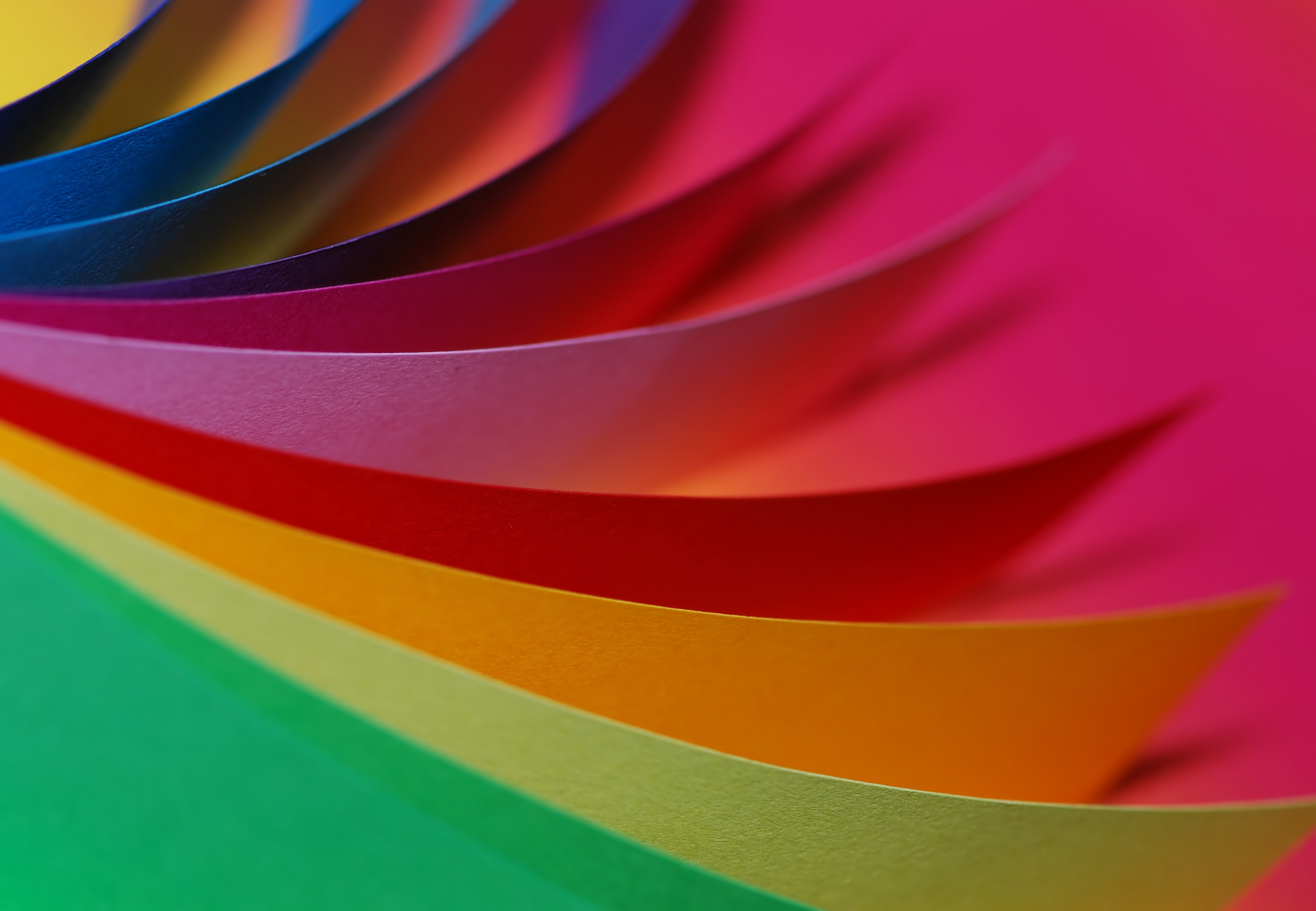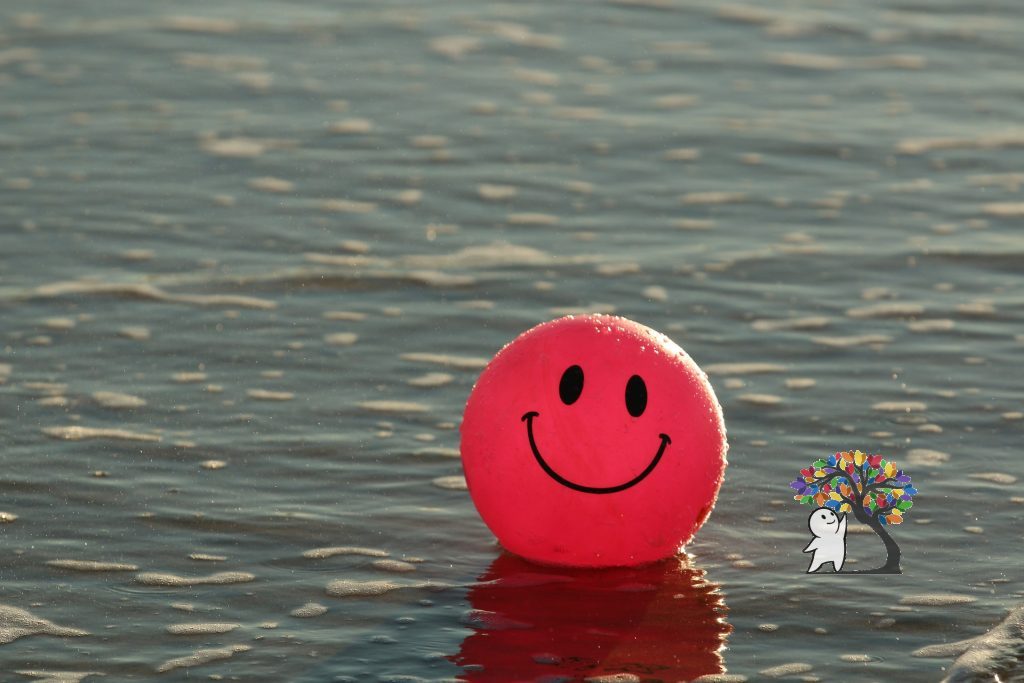5 Ways These Five Colours Affect Emotions


They surround us, every day, every moment; and, like breathing, we do not quite pay attention to them unless prompted: colors. They are essential in every aspect of our lives, from the food we eat to the traffic lights we see.
The fact that colors affect our perception of the world has been known a long time ago. For example, gold in the ancient world signaled wealth, power, and luxury. It evokes jealousy from the poor, or fear from the oppressed. However, science only recently delves into this branch of psychology through quantitative and qualitative experiments.
Much of color psychology takes root in one’s personal experiences and childhood environment, but there exist certain universal feelings toward some hues. Here are 5 colors that can affect your mood:
Red
As the color with the longest wavelength of the color spectrum, red is a warm color that can evoke strong emotions. Often associated with love, red can make you feel comfortable, as if you are surrounded with warmth and positivity. Perhaps the most popular concept associated with red is romance, and there is a reason for that. Thousands of years ago, the Greeks tied the image of red roses to Aphrodite, the goddess of beauty and love, and since then, the color red remains a classic illustration of love and passion around the world.
Red can also energize you, as it is a bright and intense color. You can feel much more confident in red clothing. And think about energy drinks: they utilize the color red and images of fire. Red can increase your breathing rate and heart beat, thus making you feel more active and lively.
However, you may be more prone to anger and irritation when looking at red for a long time.

Blue
In contrast to red, blue has the shortest wavelength and usually evokes a sense of calmness. It is probably the most abundant color in your life: from the wide blue sky to the soothing ocean, from your everyday pen to a pair of jeans.
According to Kate Smith, color expert at Sensational Color, blue has a “real trust factor.” That is why blue is a popular color for military and police uniforms, and it was chosen as the color for the flags of United Nations and European Union. Moreover, blue slows down your breathing and heart rate, giving you a sense of serenity and stability. You feel a bit more grounded, a bit more at peace; you feel more certain at yourself and your thoughts. If connected to happy memories, blue can lift your spirits up on a gloomy day.
And yet, many people consider blue the color of melancholy and depression. The calmness it exudes can create a more negative atmosphere around you. Perhaps you associate blue with bad times: harsh winters during which temperature drops below freezing point, pouring rains that blur the sky, water bodies that are too silent, too dangerous, or certain childhood memories.

Yellow
Usually associated with the sun, yellow is a bright and cheery color. It is regard as one of the happiest colors in the color spectrum, and seeing yellow can spark optimism and creativity. It is a color that attracts attention, as evident in warning traffic signs and school buses.
Much like red, yellow is energetic and aggressive. Since it reflects a high amount of light, looking at yellow for too long can tire your eyes. Long exposure may even cause frustration and anger, as researches and interviews have shown that in yellow rooms, babies cry more often and adult’s temper tends to flare quicker. However, if used appropriately, yellow can make your day much better. It is, ultimately, a color of joy.
Moreover, yellow-along with red-is one of the most appetizing colors. It can increase your metabolism, thus making you hungrier and food more delicious. Combining with the tendency to represent happiness, yellow is used widely in logos of fast food restaurants.

White
White gives you a sense of space, or purity and serenity. It is a calming color, similar to blue, but simpler and more comforting.
Many people see white as a lack of color. It represents cleanliness and can help to declutter your mind. People also think that white is like a blank slate, like an empty piece of paper that can stimulate imagination and creativity.
However, too much white can give you a feeling of isolation and coldness. Nothing happens when you look at white, because it is neither warm nor cold. It seems empty and simple, maybe too simple, and that in turn can make you feel dull and hollow. Rooms painted white appear more spacious, and while in some cases this might be useful, it can make the place too professional and unfriendly, as felt by many patients in hospitals.

Black
Black is famous for its negative connotations, from an icon of evil to the color of mourning. It absorbs all light and does not reflect back; it is, like white, a lack of color, and yet it is the symbolic opposite of white.
Black can bring your mood down and make you feel more anxious than usual. Black feels like a shadow, like an unknown mysteriousness, and humans fear the unknown. This links back to our survival instinct, in a way, because what we do not know and cannot see in the dark may kill us. Perhaps that is why the color black becomes connected to everything that we want to avoid, such as death, evil, diseases, and bad luck.
However, black also empowers people. In the 14th century, royalty and clergy began to wear black clothing in many parts of Europe, and since then, black became linked to power and authority. Nowadays, black is considered a high fashion color, one that can slim you down and make you look more sophisticated and elegant. You feel more confident, more mature, and more in control of your life while wearing a black outfit.
Colors can change your emotions, whether you notice or not. A dash of yellow may brighten your gloomy day, while a shirt with the wrong shade of blue can put you in a bad mood. The excited atmosphere of a stadium could have partly stemmed from the sea of spectators’ red T-shirts, and maybe seeing a group of people wearing black in a cemetery brings back painful memories. Even though the meanings and effects of colors are different across cultures and time, it is important that we acknowledge the role of colors in our daily lives in order to gain a deeper understanding of ourselves and the world around us.





This was a really interesting topic that I don’t see a lot of. especially the idea that often times these colors are used in marketing to appeal to certain audiences. The pictures were a nice addition because they applied to the real world. One thing that would add to the overall effect would be more of a conclusion paragraph. Great work!
Thank you!
I love black and red!
This really is a fascinating topic and I think it would have been even more captivating if you took things a step further. Talking about the way that colors can be used intentionally by businesses and other entities as a marketing strategy to manipulate people’s emotions and to a certain extent take away their power of choice. Past the emotions these colors evoke, how has that information been used to affect people’s actions?